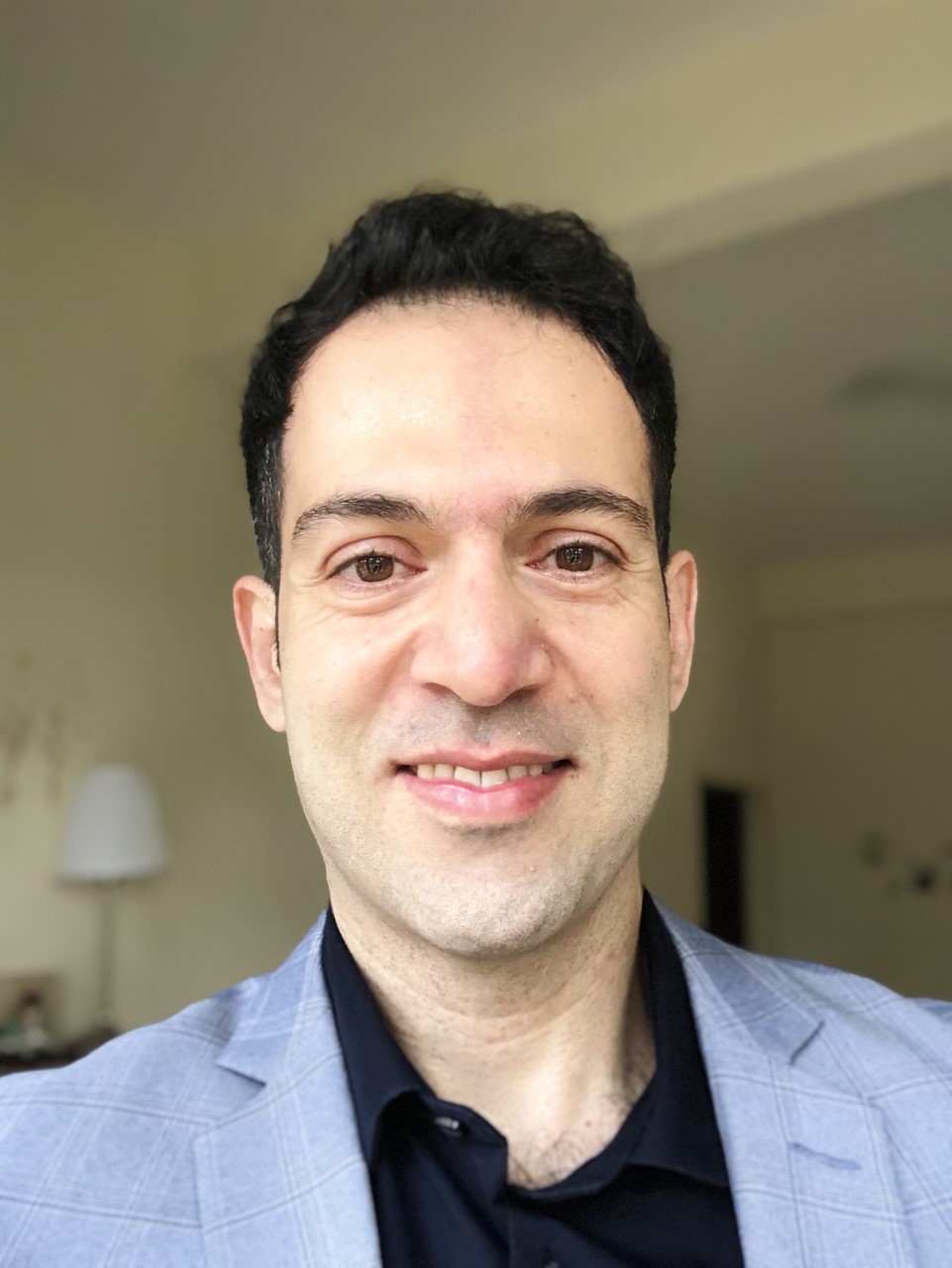
Editor’s Note: Dr. Vahid Aryadoust (left) is an Assistant Professor at the National Institute of Education, Nanyang Technological University (NTU) in Singapore.
In this piece, TIRF’s President, Kathi Bailey, interviews Vahid to learn more about the resources he creates and manages for individuals in our field.
Kathi Bailey: When and why did you start creating and sharing videos?
Vahid Aryadoust: I started my YouTube channel a few years ago, but it was not until 2019 that I felt I needed to make more info-educational videos. I teach several graduate courses and supervise (under)graduate and PhD students at the National Institute of Education of Nanyang Technological University (NTU), Singapore. I felt the students would benefit from content videos curated to cover and expand parts of the lessons. I started to create videos and animations on various topics, including quantitative data analysis, language assessment, and language comprehension/production. I was surprised to see that the number of subscribers other than my students increased to 1,830 (as of today) over a short period of time.
Kathi: Is there any particular guiding focus for the topics you choose to feature?
Vahid: The main group of the audience have been students and researchers in three fields: language assessment, quantitative data analysis, and language comprehension and production. Thus, I make the videos with these three groups in mind. In addition, I have aimed to include some discussions and dimensions that are less familiar to the audience from the applied linguistics background, such as the evolution of humans, the emergence of language, and the neurobiology of language comprehension. I would also like to have a section exclusively for the general public, and one of my latest animations was an attempt to achieve this goal.
Kathi: What is or are your goal(s) in continuing this work?
Vahid: My main aim is to promote science and critical thinking. I think all academics are responsible for propagating scientific thinking in the society where they live and for helping to replace superstitions and stereotypes with the probabilistic knowledge that is being yielded and continuously sharpened.

Kathi: What is your source of funding (if any)?
Vahid: So far, I have not had a source of funding (except my own personal budget), but I hope I will be able to find some sources to extend the scope and foci of the channel in the near future.
Kathi: Do you have any advice about how individuals can make best use of the resources you provide?
Vahid: I suggest that they browse through the recently created playlists to find the content they need. As the name of the channel suggests, the videos largely fall into one of the two following categories: statistical and quantitative videos and theoretical videos. The former have a wide coverage, such as multivariate analysis (e.g., general linear models like t-test, ANOVA, etc.), and psychometrics (e.g., Rasch measurement). The latter also include a number of theoretical topics such as language comprehension, interactional competence, etc.
Kathi: What else would you like the readers of TIRF Today to know about your efforts?
Vahid: I was just informed that I have been selected as the recipient of The John Cheung Social Media Award 2020 of NTU, which is awarded for the innovative use of YouTube in teaching. I feel honored to receive this recognition from NTU. This has motivated me to continue to expand the channel. There will be more new sections in the future, and I look forward to making these available soon.

